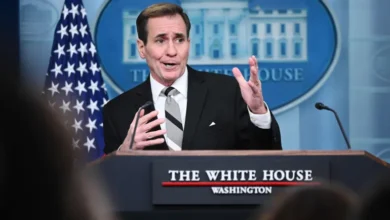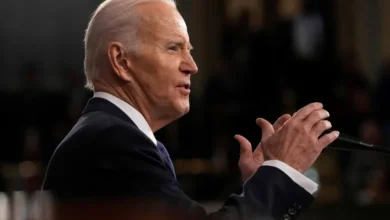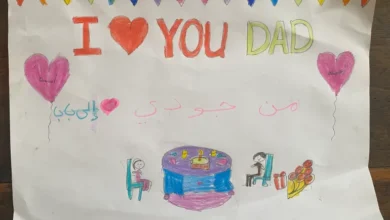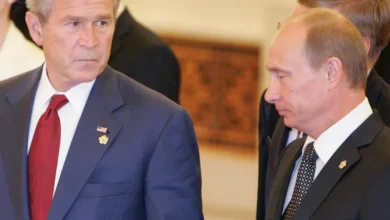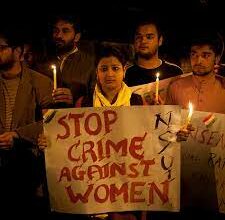A decolonised alternative to Trump’s Gaza peace plan
Jeffrey Sachs and Sybil Fares
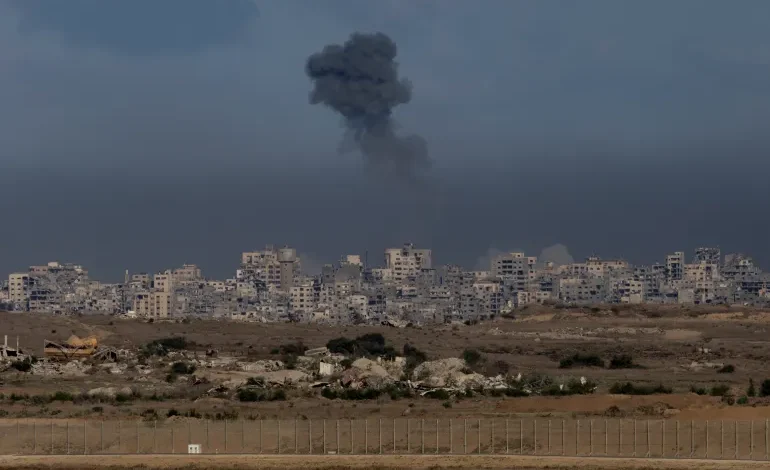
United States President Donald Trump’s 20-point Gaza peace plan offers some constructive proposals on hostages, humanitarian aid, and reconstruction. Yet it is marred by an unmistakable colonial framework: Gaza is to be overseen by Trump himself, with former British Prime Minister Tony Blair and other outsiders cast as trustees for Palestinian governance, while Palestinian statehood is deferred indefinitely.
This logic is not new. It repeats the century-long Anglo-American approach to Palestine, beginning with the Treaty of Versailles in 1919, when the UK acquired the Mandate over Palestine, and continuing through successive US interventions, direct and indirect, in the region since 1945.
A real peace plan must eliminate the colonial scaffolding. It should restore Palestinian sovereignty by addressing the central issue: Palestinian statehood. The plan must empower the Palestinian Authority (PA) by establishing that it holds governance from the outset, that economic planning is exclusively in Palestinian hands, that no external “viceroys” intervene, and that a clear and short timeline is set for Israeli withdrawal and full Palestinian sovereignty by the start of 2026.
What follows is a truly decolonised alternative — a plan that builds on these principles. It retains the practical elements of Trump’s proposal but removes its colonial underpinnings. It places Palestinians, not foreign “trustees”, at the centre of governance and reconstruction. Crucially, it aligns with international law, including the 2024 ruling of the International Court of Justice, the recent resolution of the United Nations General Assembly (UNGA), and the recognition of Palestine by 157 countries around the world.
The revised 20-point plan: The Trump plan with no colonial strings attached
1. Palestine and Israel will be terror-free countries that do not pose a threat to their neighbours.
2. Palestine will be redeveloped for the benefit of the Palestinians, who have suffered more than enough.
3. If both sides agree to this proposal, the war will immediately end. Israeli forces will withdraw to the agreed line to prepare for a hostage release. All military operations will end.
4. Within 72 hours of both sides publicly accepting this agreement, all hostages, alive and deceased, will be returned.
5. Once all hostages are released, Israel will release life sentence prisoners plus Palestinians who were detained after 7 October 2023.
6. Once all hostages are returned, Hamas members who commit to peaceful coexistence and to decommission their weapons will be given amnesty. Members of Hamas who wish to leave Gaza will be provided safe passage to receiving countries.
7. Upon acceptance of this agreement, full aid will be immediately sent into the Gaza Strip. At a minimum, aid quantities will be consistent with what was included in the January 19, 2025 agreement regarding humanitarian aid, including rehabilitation of infrastructure (water, electricity, sewage), rehabilitation of hospitals and bakeries, and entry of necessary equipment to remove rubble and open roads.
8. Entry of distribution and aid in the Gaza Strip will proceed without interference from the two parties through the UN and its agencies, and the Red Crescent, in addition to other international institutions not associated in any manner with either party. Opening the Rafah crossing in both directions will be subject to the same mechanism implemented under the January 19, 2025 agreement.
9. Palestine, and Gaza as an integral part of it, will be governed by the PA. International advisers may support this effort, but sovereignty lies with the Palestinians.
10. The PA, supported by a panel of Arab-region experts and outside experts as may be chosen by the Palestinians, will develop a reconstruction and development plan. Outside proposals may be considered, but economic planning will be Arab-led.
rritory by December 31, 2025, as the ISF and Palestinian security establish control.
17. If Hamas delays or rejects the proposal, aid and reconstruction will proceed in areas under ISF and PA authority.
18. An interfaith dialogue process will be established to promote tolerance and peaceful coexistence between Palestinians and Israelis.
19. The State of Palestine will govern its full sovereign territory as of January 1, 2026, in line with the September 12 resolution of the UNGA and the 2024 Advisory Opinion of the International Court of Justice.
20. The US will immediately recognise a sovereign State of Palestine, with permanent UN membership, as a peaceful nation living side by side with the State of Israel.
How our plan differs from the Trump plan
The revised 20-point plan, in short, is not radically different in form from Trump’s. It retains provisions for demilitarisation, humanitarian relief, economic reconstruction, and interfaith dialogue. The main difference lies with Palestinian sovereignty and statehood.
Palestinian sovereignty and statehood: Trump’s version deferred Palestinian statehood to some indefinite future, contingent on reforms and external approval. The decolonised plan sets firm dates: Israel withdraws by November 1, 2025, and Palestine assumes full sovereignty by January 1, 2026, 126 years since the Treaty of Versailles.
Colonial oversight removed: Trump’s proposal created a “Board of Peace” chaired by Trump himself, with Blair as a leading member. The decolonised plan eliminates this, recognising that Palestinians require no foreign viceroys. Governance rests with the Palestinians from day one.
Economic sovereignty: Trump’s plan announced a “Trump Economic Development Plan” to remake Gaza. The decolonised plan leaves economic planning to the Palestinians, supported by Arab experts, with outside proposals considered only at Palestinian discretion.
End of Anglo-American trusteeship: Trump cast the US as the guarantor and arbiter of the Palestinian future, with the support of the UK. The decolonised plan explicitly ends this 100-year model, affirming Palestinian and Arab leadership.


